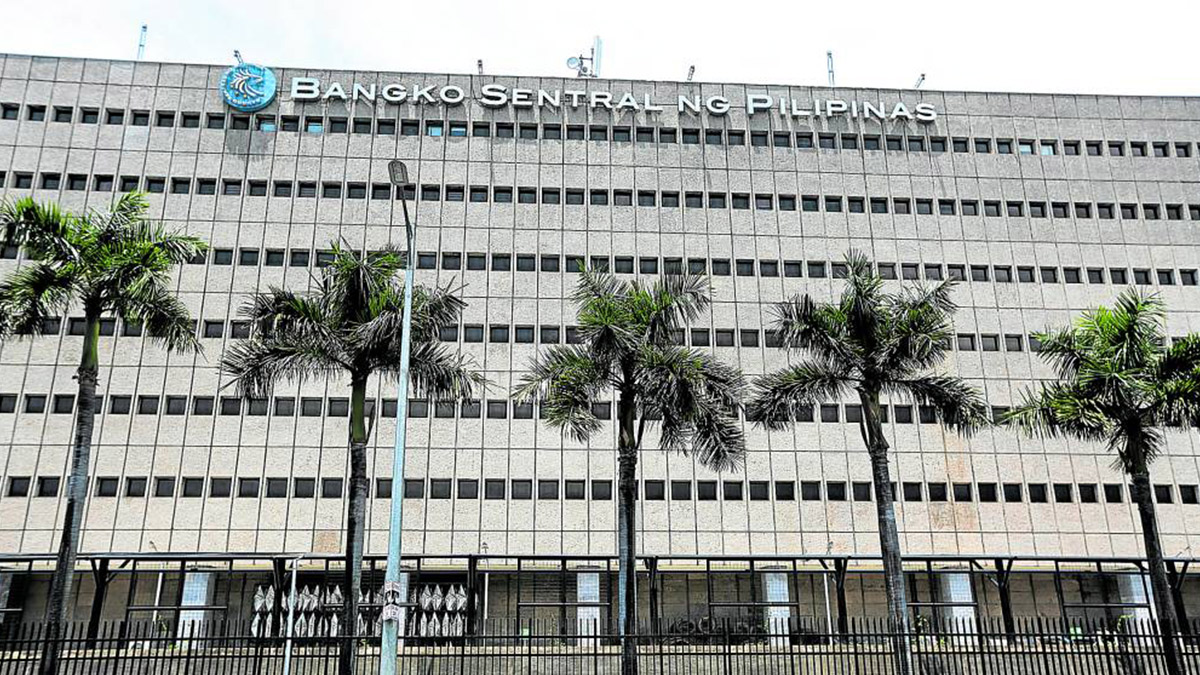Job-generating foreign direct investments (FDI) in the Philippines sank to their lowest level in more than four years in June, although the big drop might be temporary as rate cuts meant to power up the economy could boost investor sentiment in the next months.
Latest data from the Bangko Sentral ng Pilipinas (BSP) showed net FDI inflows sagged by 29 percent year-on-year in June to $394 million.
Unlike the so-called “hot money” that leaves markets at the first sign of trouble, FDIs are firmer capital inflows that generate jobs for people. That said, the government wants existing FDIs to stay, while attracting new ones.
READ: FDI inflows reach US$499M in May
A net inflow means more of this foreign capital entered the country against those that left during a period. While this was the case in June, the FDI net inflow that month was the lowest since April 2020, or at the onset of pandemic lockdowns.
But the sharp FDI contraction in June might just be a data quirk and not a symptom of a broader slump.
John Paolo Rivera, senior research fellow at Philippine Institute of Development Studies, said “a lot of pivot” happened in June, adding that macroeconomic fundamentals would eventually adjust to “policy stimulus” implemented in July and August.
Economic risks
“Despite economic liberalization and constitutional amendments on investments, the drop in FDI remains to be driven by persistence of global economic risks, inflationary pressures, uncertainties in the domestic political and consumer landscape,” Rivera said.
“This might improve in the near future as inflation begins to show deceleration,” he added. “Policy rates are seen to be relaxed, and economic growth remains to be on target.”
Ruben Carlo Asuncion, chief economist at Union Bank of the Philippines, shared the same view, adding that the August rate cut by the BSP could perk up investor sentiment moving forward.
Rate cut
“This data was June, and we expect it to get better as we have seen so far this July-August, particularly as BSP did a rate cut within the period mentioned,” Asuncion said.
Central bank figures showed all FDI components were deep in the red in June.
Equity capital placements, a gauge of fresh FDIs, collapsed by 34.1 percent to $87 million while reinvestment of earnings dropped by 23.4 percent to $107 million. At the same time, intercompany borrowings between multinational firms and their Philippine units plummeted by 30 percent to $213 million.
But the despite the big contraction in June, the FDI tally for the first half of the year still yielded a net inflow of $4.4 billion, up by 7.9 percent but still short of the $9.5 billion net inflow projection of the central bank for 2024. INQ


